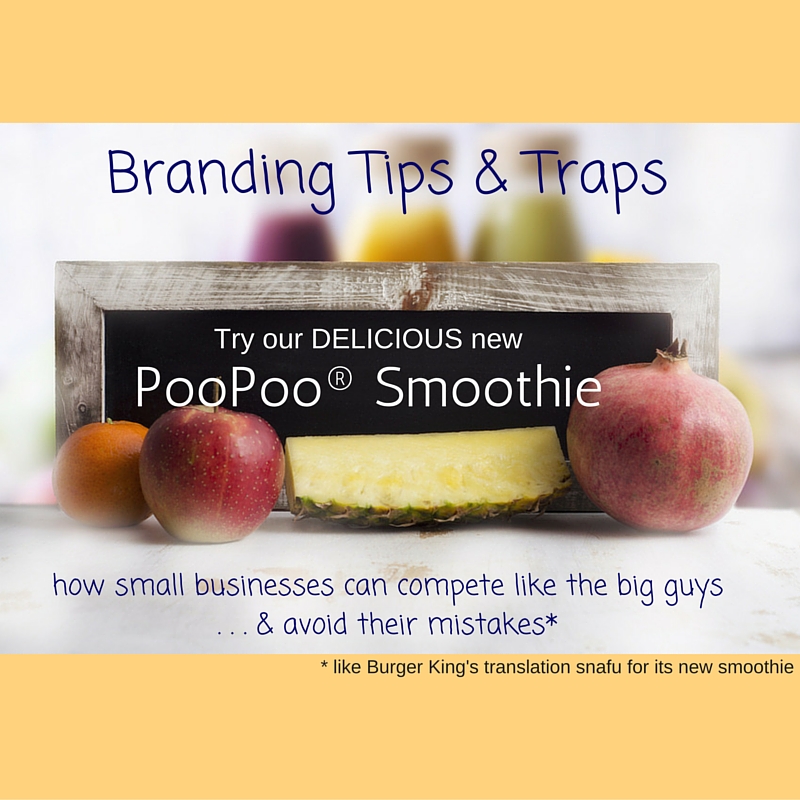So what even is an infographic? The good people over at Macmillan Dictionary tell us that an infographic is simply a visual representation of data or information. What everyone from company marketers to the U.S. Census Bureau now knows is that a great infographic generates interest, disseminates information, increases awareness and creates a buzz. How do you go from an awful infographic to a great one? Let’s find out.
It’s All About Me!
Think back to Marketing 101 – it’s NOT about you. It’s about your target audience. Think about who they are. What are their interests? What do they care about? Does your product or service solve a problem, relate to other interests or add value? The most effective infographics tell a story the same way a blog post does. There is a beginning, middle and end. Choose a story, outline a plot and stick with it.
- Humor: Observational humor is one of the most effective ways to engage viewers, generate interest and increase shares. Presenting social phenomena, current events or combining observations in a humorous way pulls viewers in. It’s also a chance to show off your human side.
- How-to: How-to guides are particularly effective in an infographic format. Value is king and how-to guides are full of value.
- Novel observations: Use your infographic to look at something in a new way. New research, novel approaches and out-of-the-box thinking generates buzz.
- Current events: Current events include hot company announcements, such as the release of your latest product, or news events that appeal to your target audience.
Bad Design
Avoid the bad design trap. Take your time with the design, graphics and color scheme. Try different layouts and approaches before deciding. Use a two- or three-color palette and choose graphics that fit your subject.
Don’t use every font in the book. Instead, choose two easily readable fonts. Use font size to reflect importance, but don’t make text too small. People view your infographic on different size screens, whether it’s on mobile devices, tablets or computers. Make sure text is readable across the board.
Too Many Words
Over 65 percent of the population learns best through visualization, which is why infographics are so valuable. As such, words are often the culprits when good infographics go bad. First, it’s the title. You have about eight seconds to interest a viewer. If your title is too long and wordy, viewers say goodbye. Make your title catchy, short, interesting and to the point.
Words play an important role in infographic design, but too many words negate the value that visuals bring. Use as few words as possible to provide context. Generate interest with attention-grabbing headlines and subheadings.
Too Much Information
Too much information can be a real turn-off for viewers. Limit yourself to covering six main points in a single infographic, if possible. If you must cover more than six, divide the graphic into parts with the most important points at the top.
Speaking of information, make sure yours is up-to-date and accurate. Place clickable reference sources at the bottom of the graphic to backup your data and prove you’re an expert.
Did You Brand It?
Your purpose is to drive traffic and generate interest, but you can’t do that if you don’t brand your work. The trick is to let everyone know the infographic belongs to you without making that the focal point. Do this by adding your company information at the bottom. Make it clickable.
Keeping It Secret
The best infographic won’t bring in traffic, generate interest or enhance your SEO efforts if no one sees it. Write about it on your blog and share on your own social media sites. Make your infographic easy for others to share by adding Facebook and Twitter buttons. Utilize meta title and descriptions on the page that hosts your graphic and add supporting text to help Google find it. You have a great infographic, now get it out there.




